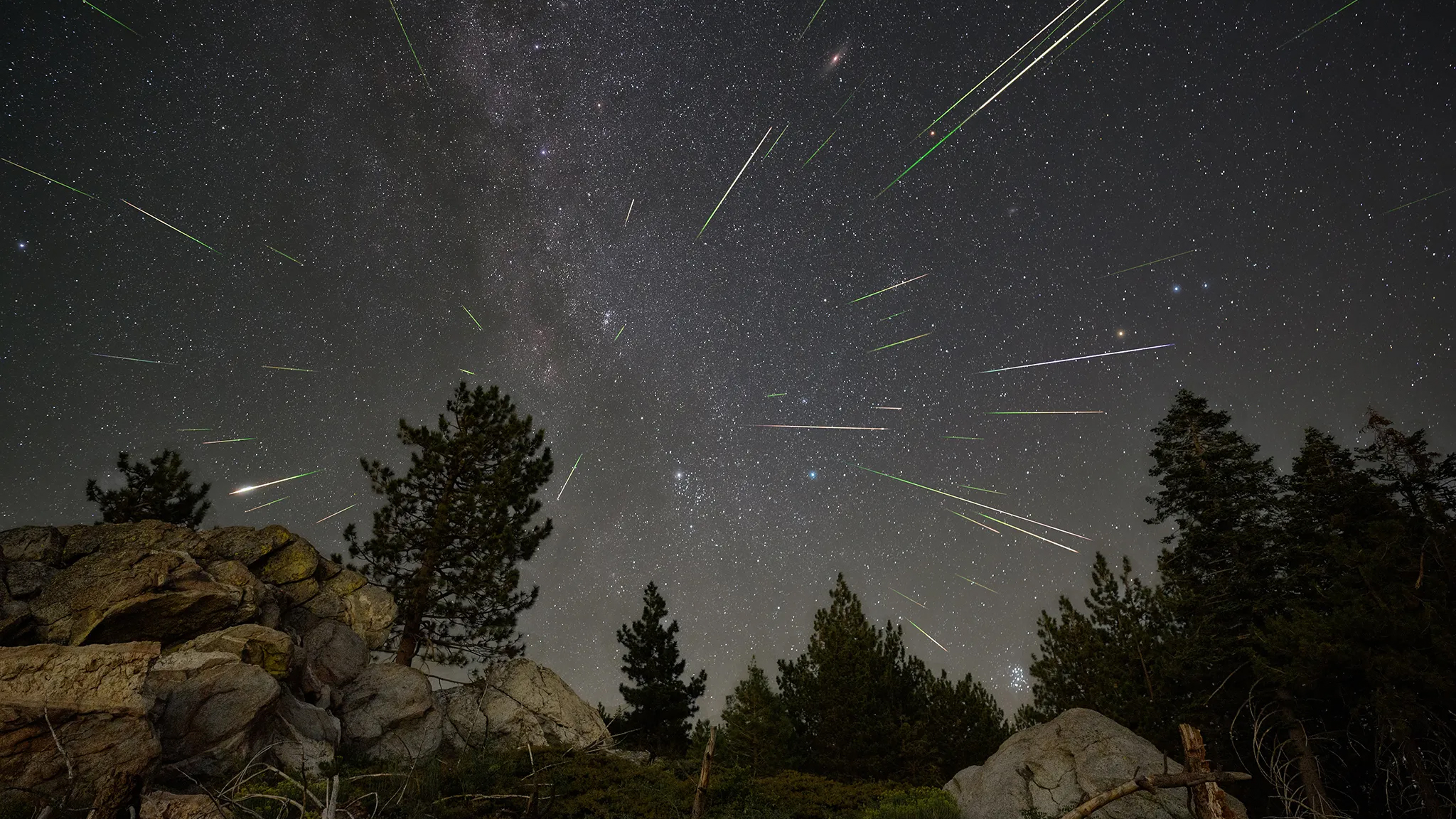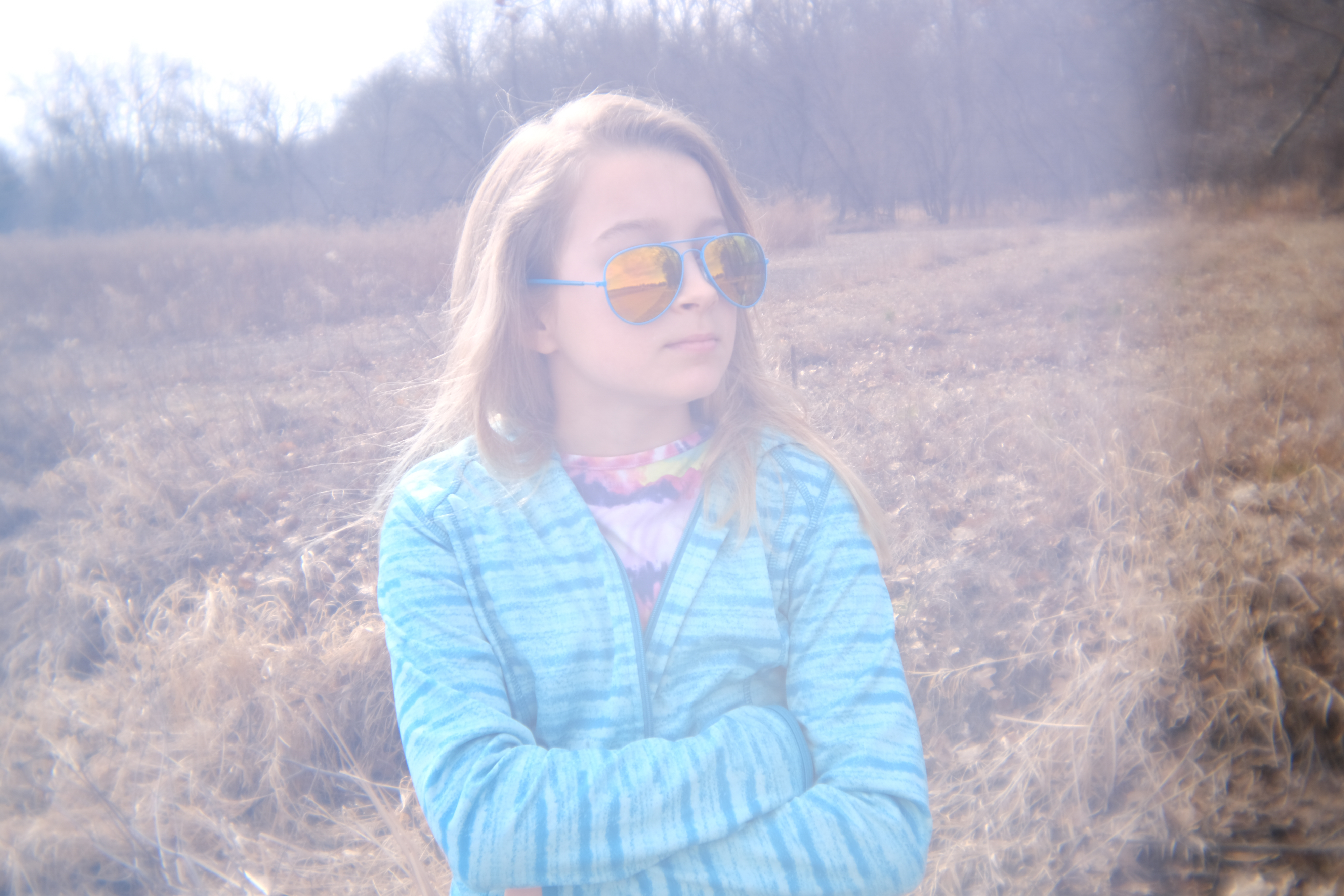Astrophotographers prepare for “the best meteor shower of the year” according to NASA
The Perseids Meteor Shower is an annual meteor shower that peaks in mid-August, with up to 100 meteors per hour

The Perseid meteor shower, called “the best meteor shower of the year” by NASA, will peak on August 11, from dusk until before dawn on August 12.
Known as the Perseids, the meteor shower is visible every summer from mid July to late August.
According to NASA, “with swift and bright meteors, Perseids frequently leave long "wakes" of light and color behind them as they streak through Earth's atmosphere.”
It is one of the most plentiful showers with up between 50 and 100 meteors visible per hour. Occurring at the height of summer, the warm weather makes sitting out and viewing this cosmic display.
NASA advises:
“The Perseids are best viewed in the Northern Hemisphere during the pre-dawn hours, though at times it is possible to view meteors from this shower as early as 10 pm”
See How to photograph the Perseid meteor shower
Get the Digital Camera World Newsletter
The best camera deals, reviews, product advice, and unmissable photography news, direct to your inbox!
Meteors are made from leftover comet particles and broken asteroids. When comets orbit the sun, they leave a trail of debris behind them. Every year the Earth turns, passing through this cosmic wasteland, allowing the bits and pieces to collide with our atmosphere, creating fiery and colorful streaks in the sky as they disintegrate.
NASA explains:
“The pieces of space debris that interact with our atmosphere to create the Perseids originate from comet 109P/Swift-Tuttle. Swift-Tuttle takes 133 years to orbit the Sun once. It was Giovanni Schiaparelli who realized in 1865 that this comet was the source of the Perseids. Comet Swift-Tuttle last visited the inner solar system in 1992.”
The comet was discovered in 1862 by Lewis Swift and Horace Tuttle. It’s a large comet, with a nucleus of 16 miles across.
“This is almost twice the size of the object hypothesized to have led to the demise of the dinosaurs,” says NASA.
It’s been an incredible year for astrophotography, with the Northern Lights being visible throughout the summer, incredible images of the sun spots responsible, and the Astronomy Photographer of the Year competition shortlist.
Take a look at our guides to the best cameras for astrophotography, the best lenses for astrophotography, and the best star tracker camera mounts for astrophotography.

After graduating from Cardiff University with an Master's Degree in Journalism, Media and Communications Leonie developed a love of photography after taking a year out to travel around the world.
While visiting countries such as Mongolia, Kazakhstan, Bangladesh and Ukraine with her trusty Nikon, Leonie learned how to capture the beauty of these inspiring places, and her photography has accompanied her various freelance travel features.
As well as travel photography Leonie also has a passion for wildlife photography both in the UK and abroad.

